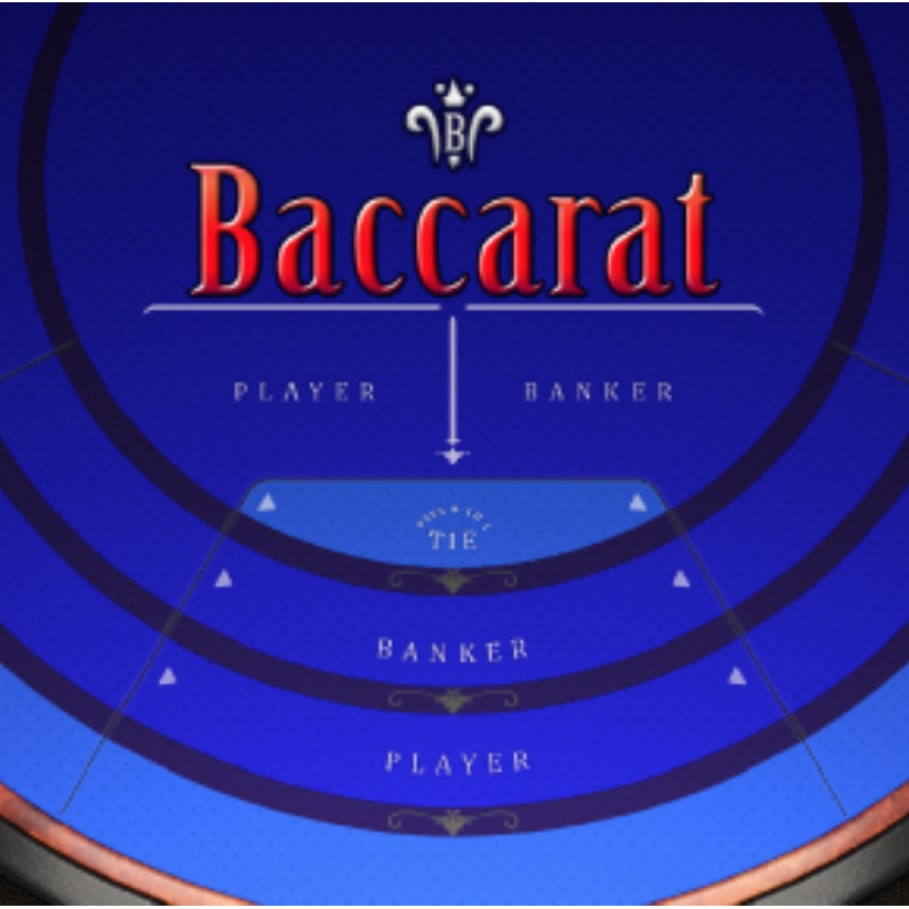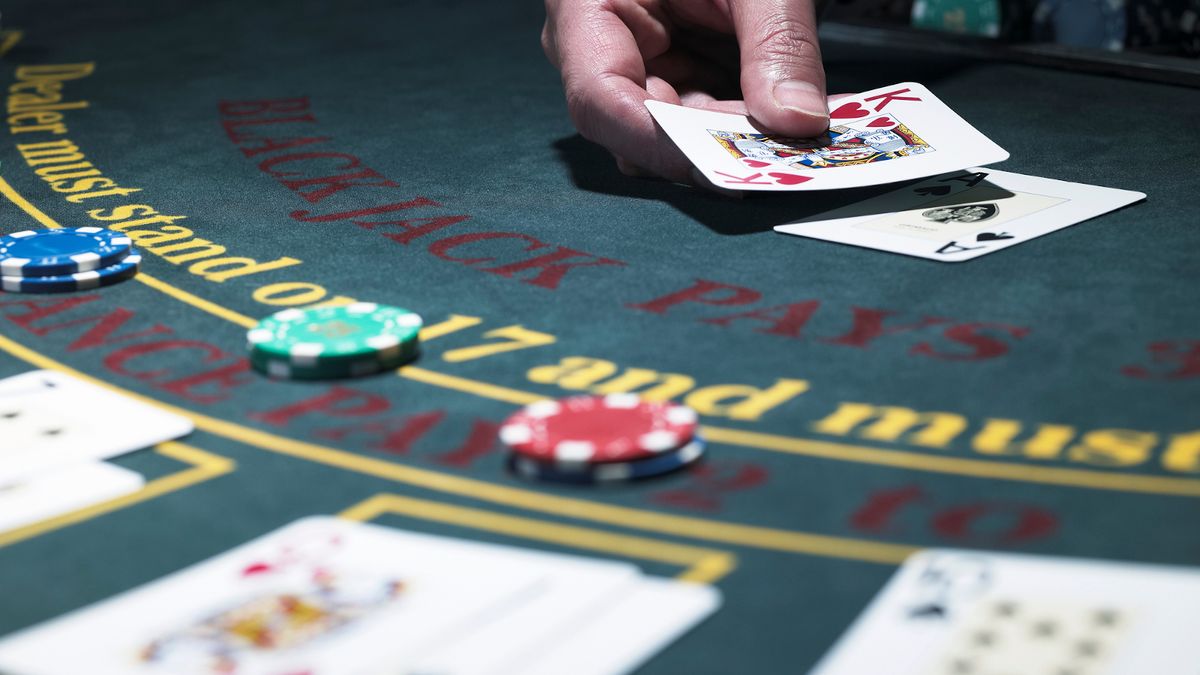How to count cards in Blackjack Bovada Casino
Find out what is card counting and how it works in Blackjack. Understand the different strategies and how they can improve your chances for a win!
Ever since the movie 21 was released 10 years ago, the public has wanted to know how to count cards in blackjack. While some liberties were taken in the production, the movie is based on the real-life events of six MIT students who used card counting in addition to team play as part of their successful blackjack betting strategy at several major casinos in the States.
Fortunately for the rest of us, an advanced degree in mathematics isn’t necessary to win money in blackjack. Anyone with basic adding and subtracting skills can do it, including you. In this article, we’re going to cover the card counting basics, explain how different systems work, and provide you with blackjack tips along the way. You may be surprised by how simple the concept is.
What is Card Counting?
Blackjack probability is not static from round to round. Every time a card is removed from the deck, the odds change. For example, if you’re dealt an Ace in Single-Deck Blackjack, your odds of getting dealt another Ace in the next hand are lower than they were for the initial hand because one Ace has been removed from the shoe. Card counting involves adjusting your play (and bets) according to what cards remain in the shoe. In order to get an idea of what’s left, you need to mentally eliminate the cards that pass through the table. Fortunately, there’s no memorization required—the concept involves a running count instead.
The running count consists of grouping cards based on their Effect of Removal, which is essentially how their elimination from the shoe affects your odds of winning going forward. Each card has either a positive, negative, or neutral Effect of Removal, and with basic card counting systems, these groups are assigned a -1, 0 or +1 value. In order to determine when to bet more and when to hold back, you must establish whether the running count is negative or positive.
When getting started, the tricky part to card counting is the pace of play. Blackjack is a fast game, so you need to get to the point where the adding and subtracting comes effortlessly before testing your skills in a casino. This will require lots of practice, which is where online blackjack games come in handy.
Is Counting Cards Legal?
Despite what pit bosses would like you to believe, card counting isn’t illegal in the USA. As long as you’re not using any mechanical devices, you’re allowed to use your mind to beat dealers. That being said, casinos are in the business of making money and train their dealers to flag potential card counters. Management reserves the right to ask anyone, card counters included, to either play other games, or leave the premises, but no one is going to put you in jail. The worst thing that can happen is getting banned from a network of casinos because you’ve been flagged as a professional card counter.
That’s why advantage players try to disguise their counting by deviating from certain plays. For example, standard blackjack players won’t split 10s; basic blackjack strategy advises against it. However, if a running count tells you that the shoe is full of 10s and Aces, you’ll be tempted to split to double your win. If you put down a maximum bet and then split 10s, the dealer is going to suspect you’re counting.
Card Counting Strategy Overview
The crux of card counting is based on blackjack players benefiting from having a shoe full of 10s and Aces. While it’s true that your odds of landing a 10 or Ace are the same as the Dealer’s, there are some extra features that enhance your outcome in these scenarios. For example, as the player, you receive a 3:2 bonus payout for landing Blackjack; the Dealer receives only your even-money bet (1:1). High cards also lead to great doubling down and splitting opportunities—features reserved for the Player and not the Dealer.
Alternatively, having a shoe full of low cards (Two to Six) works to your disadvantage. Fives are especially good for the Dealer, who must hit on 12 to 16. Based on this information, when a card counter has established that the shoe is rich in 10s and Aces, they bet more than when when the shoe is full of low cards. Advanced counting includes memorizing charts that tell you exactly where and how to deviate from basic strategy depending on the running count index number. But we’ll keep the levels simple for now. Beginners should start with the High-Low card counting system (a Level 1 system) that divides cards into three simple groups: low cards, medium cards and high cards.
High-Low Card Counting Level 1
- Low Cards: 2, 3, 4, 5, 6 (+1)
- Medium Cards: 7, 8, 9 (0)
- High Cards: 10, Ace (-1)
Each of these three groups is assigned a tag, which you can see in the brackets. The cards in the first group get a tag of +1. The cards in the second group get a tag of 0. These cards have very little effect on player advantage/disadvantage, so they have a neutral Effect of Removal. The cards in the third group get a tag of -1. As you see each card pass through the table, you:
- Add 1 for low cards
- Subtract 1 for high cards
- Ignore the medium cards
That’s how you keep track of the running count. For example, seeing an Ace, 2, 5 and 10 pass through the table would give you a running count of 0.
Any time you’re playing with multi-decks, the running count will have to be divided into the true count—unless you’re using a strategy that sidesteps this requirement. To establish the true count, look at the size of the shoe and estimate how many decks remain. For example, if your running count is +8 and it looks like there are about four decks left in the shoe, you’d divide 8 by 4 for a true count of +2. Sometimes the true count will be a fraction. For example, a running count of +7, with four decks left in the shoe gives a true count of +1.75. In this case, simply round to the nearest whole number to keep things simple.
As mentioned, the true count is positive, negative, or neutral. As low cards pass through the table, you add 1 to your count quite often, which is why a positive tally means that the there are a lot of big cards left in shoe. Keep in mind, it’s in your best interest to increase bet sizes at this point. You’ll want to decrease bets in the opposite scenario. As 10s and Aces are removed from play, you get further into the negatives, which is why a negative count means there’s a higher than average number of low cards left in the shoe. In this case, you’re better off betting the minimum until the count gets back to positive.
A Level 2 system includes +1, -1 and 0 like the Level 1 system, but also uses +2 and -2 tags to increase accuracy. That’s because certain low and high cards have a greater Effect of Removal than others. The Zen Count is an example of a Level 2 card counting system that assigns tags based on five categories.
Zen Count Level 2 Card Counting
- Fours, Fives, Sixes: +2
- Twos, Threes, Sevens: +1
- Eights, Nines: 0
- Aces: -1
- Tens: -2
Compared to the simpler High-Low strategy, this system is better for telling you when to deviate from basic strategy and when to take the Insurance bet, which you can find in online charts. In addition to the High-Low and Zen Count, there are several other strategies available online, so after some trial and error, you should be able to figure out which system works best for you.
Can You Count Cards Online?
Card counting is only possible when playing an extended number of hands without the deck being shuffled. Every time the deck is shuffled, the running count must be restarted. That’s why counting isn’t possible in online casinos. Most online blackjack games shuffle the shoe after every hand.
Pros and Cons of Counting Cards
While counting cards is simpler than most people think, the reality is that you’re making only a small margin of profit for a lot of effort—not to mention the effort that goes into evading detection. That’s just fine with passionate blackjack players who get a thrill from beating dealers at the casino. Anyone who can make money doing what they enjoy is on the right path. But if you’re only interested in learning how to win blackjack as a way to make extra money, card counting isn’t the most lucrative side hustle, which is one of the reasons why the MIT team eventually disbanded.
Blackjack probability is not static from round to round. Every time a card is removed from the deck, the odds change. For example, if you’re dealt an Ace in Single-Deck Blackjack, your odds of getting dealt another Ace in the next hand are lower than they were for the initial hand because one Ace has been removed from the shoe. Card counting involves adjusting your play (and bets) according to what cards remain in the shoe. In order to get an idea of what’s left, you need to mentally eliminate the cards that pass through the table. Fortunately, there’s no memorization required—the concept involves a running count instead.
The running count consists of grouping cards based on their Effect of Removal, which is essentially how their elimination from the shoe affects your odds of winning going forward. Each card has either a positive, negative, or neutral Effect of Removal, and with basic card counting systems, these groups are assigned a -1, 0 or +1 value. In order to determine when to bet more and when to hold back, you must establish whether the running count is negative or positive.
When getting started, the tricky part to card counting is the pace of play. Blackjack is a fast game, so you need to get to the point where the adding and subtracting comes effortlessly before testing your skills in a casino. This will require lots of practice, which is where online blackjack games come in handy.
Is Counting Cards Legal?
Despite what pit bosses would like you to believe, card counting isn’t illegal in the USA. As long as you’re not using any mechanical devices, you’re allowed to use your mind to beat dealers. That being said, casinos are in the business of making money and train their dealers to flag potential card counters. Management reserves the right to ask anyone, card counters included, to either play other games, or leave the premises, but no one is going to put you in jail. The worst thing that can happen is getting banned from a network of casinos because you’ve been flagged as a professional card counter.
That’s why advantage players try to disguise their counting by deviating from certain plays. For example, standard blackjack players won’t split 10s; basic blackjack strategy advises against it. However, if a running count tells you that the shoe is full of 10s and Aces, you’ll be tempted to split to double your win. If you put down a maximum bet and then split 10s, the dealer is going to suspect you’re counting.
Card Counting Strategy Overview
The crux of card counting is based on blackjack players benefiting from having a shoe full of 10s and Aces. While it’s true that your odds of landing a 10 or Ace are the same as the Dealer’s, there are some extra features that enhance your outcome in these scenarios. For example, as the player, you receive a 3:2 bonus payout for landing Blackjack; the Dealer receives only your even-money bet (1:1). High cards also lead to great doubling down and splitting opportunities—features reserved for the Player and not the Dealer.
Alternatively, having a shoe full of low cards (Two to Six) works to your disadvantage. Fives are especially good for the Dealer, who must hit on 12 to 16. Based on this information, when a card counter has established that the shoe is rich in 10s and Aces, they bet more than when when the shoe is full of low cards. Advanced counting includes memorizing charts that tell you exactly where and how to deviate from basic strategy depending on the running count index number. But we’ll keep the levels simple for now. Beginners should start with the High-Low card counting system (a Level 1 system) that divides cards into three simple groups: low cards, medium cards and high cards.
High-Low Card Counting Level 1
- Low Cards: 2, 3, 4, 5, 6 (+1)
- Medium Cards: 7, 8, 9 (0)
- High Cards: 10, Ace (-1)
Each of these three groups is assigned a tag, which you can see in the brackets. The cards in the first group get a tag of +1. The cards in the second group get a tag of 0. These cards have very little effect on player advantage/disadvantage, so they have a neutral Effect of Removal. The cards in the third group get a tag of -1. As you see each card pass through the table, you:
- Add 1 for low cards
- Subtract 1 for high cards
- Ignore the medium cards
That’s how you keep track of the running count. For example, seeing an Ace, 2, 5 and 10 pass through the table would give you a running count of 0.
Any time you’re playing with multi-decks, the running count will have to be divided into the true count—unless you’re using a strategy that sidesteps this requirement. To establish the true count, look at the size of the shoe and estimate how many decks remain. For example, if your running count is +8 and it looks like there are about four decks left in the shoe, you’d divide 8 by 4 for a true count of +2. Sometimes the true count will be a fraction. For example, a running count of +7, with four decks left in the shoe gives a true count of +1.75. In this case, simply round to the nearest whole number to keep things simple.
As mentioned, the true count is positive, negative, or neutral. As low cards pass through the table, you add 1 to your count quite often, which is why a positive tally means that the there are a lot of big cards left in shoe. Keep in mind, it’s in your best interest to increase bet sizes at this point. You’ll want to decrease bets in the opposite scenario. As 10s and Aces are removed from play, you get further into the negatives, which is why a negative count means there’s a higher than average number of low cards left in the shoe. In this case, you’re better off betting the minimum until the count gets back to positive.
A Level 2 system includes +1, -1 and 0 like the Level 1 system, but also uses +2 and -2 tags to increase accuracy. That’s because certain low and high cards have a greater Effect of Removal than others. The Zen Count is an example of a Level 2 card counting system that assigns tags based on five categories.
Zen Count Level 2 Card Counting
- Fours, Fives, Sixes: +2
- Twos, Threes, Sevens: +1
- Eights, Nines: 0
- Aces: -1
- Tens: -2
Compared to the simpler High-Low strategy, this system is better for telling you when to deviate from basic strategy and when to take the Insurance bet, which you can find in online charts. In addition to the High-Low and Zen Count, there are several other strategies available online, so after some trial and error, you should be able to figure out which system works best for you.
Can You Count Cards Online?
Card counting is only possible when playing an extended number of hands without the deck being shuffled. Every time the deck is shuffled, the running count must be restarted. That’s why counting isn’t possible in online casinos. Most online blackjack games shuffle the shoe after every hand.
Pros and Cons of Counting Cards
While counting cards is simpler than most people think, the reality is that you’re making only a small margin of profit for a lot of effort—not to mention the effort that goes into evading detection. That’s just fine with passionate blackjack players who get a thrill from beating dealers at the casino. Anyone who can make money doing what they enjoy is on the right path. But if you’re only interested in learning how to win blackjack as a way to make extra money, card counting isn’t the most lucrative side hustle, which is one of the reasons why the MIT team eventually disbanded.
- Most Played
- Last Played
Your list is empty
Start playing now to fill it up! Start playing now to fill it up!
Use these Blackjack Strategy Charts to learn the correct decision for every hand. Basic Strategy is the first step to beating blackjack with card counting
This site only collects related articles. Viewing the original, please copy and open the following link:How to count cards in Blackjack Bovada Casino



























































































































































































